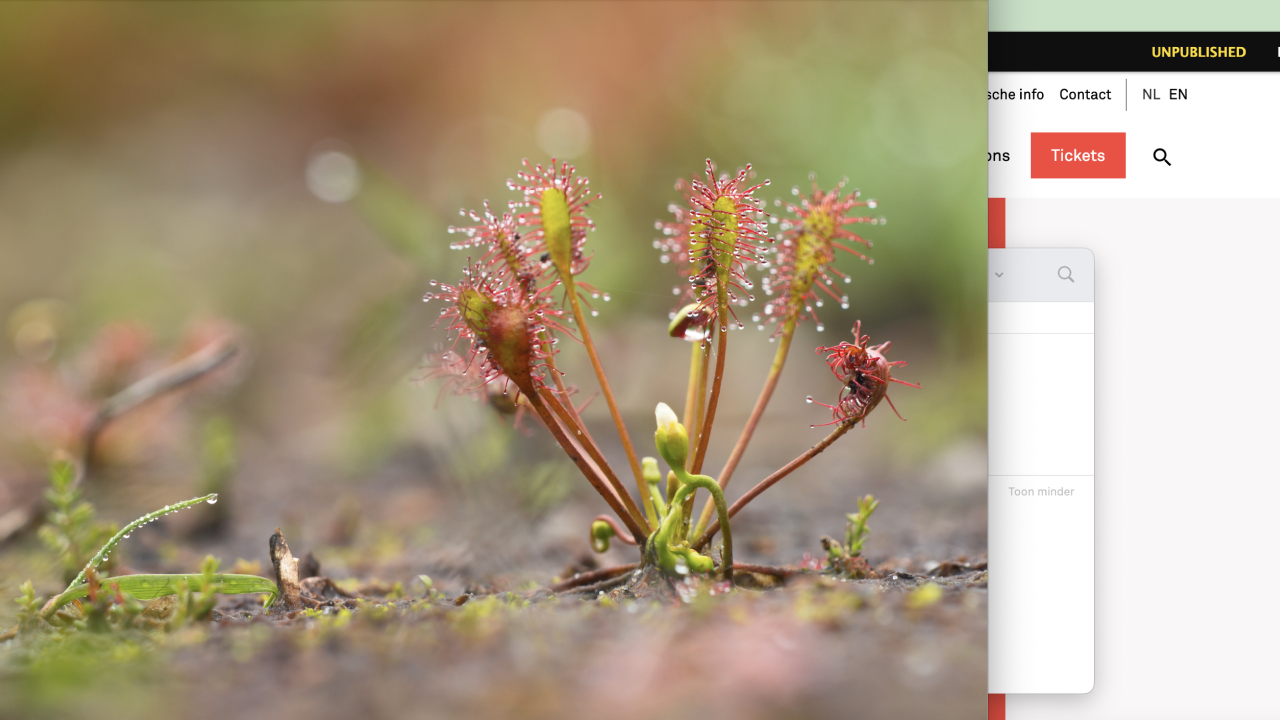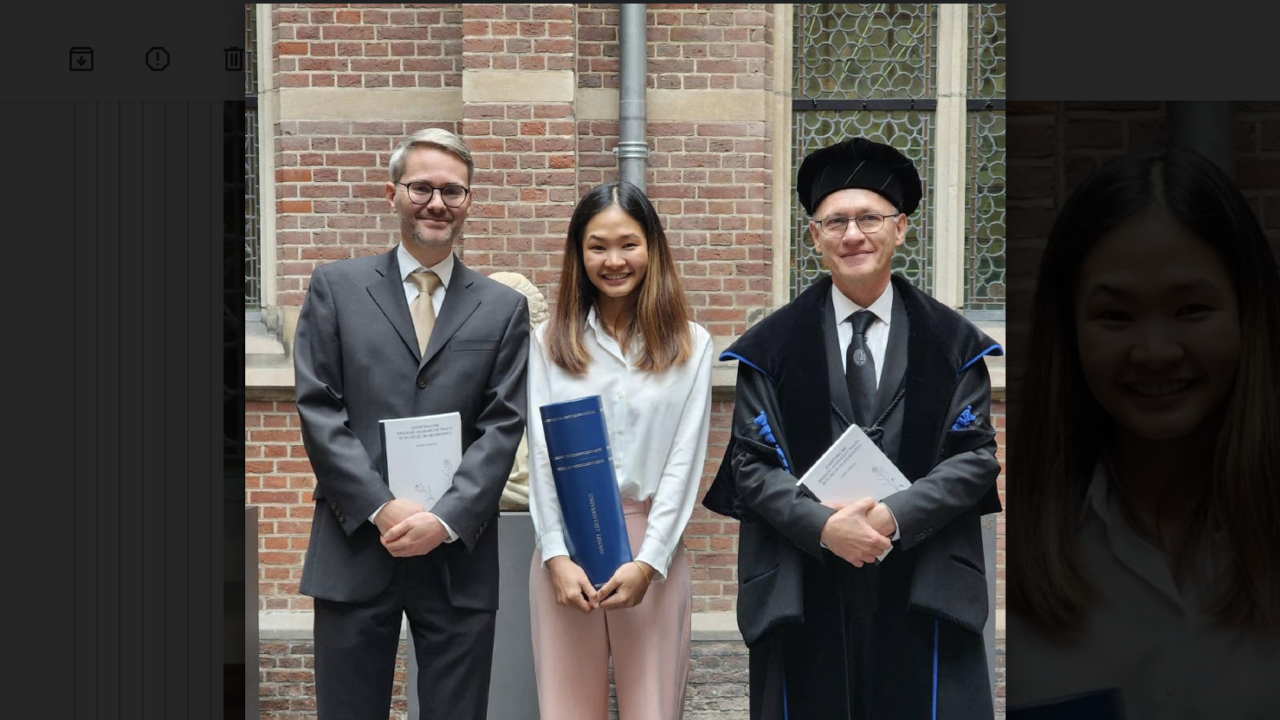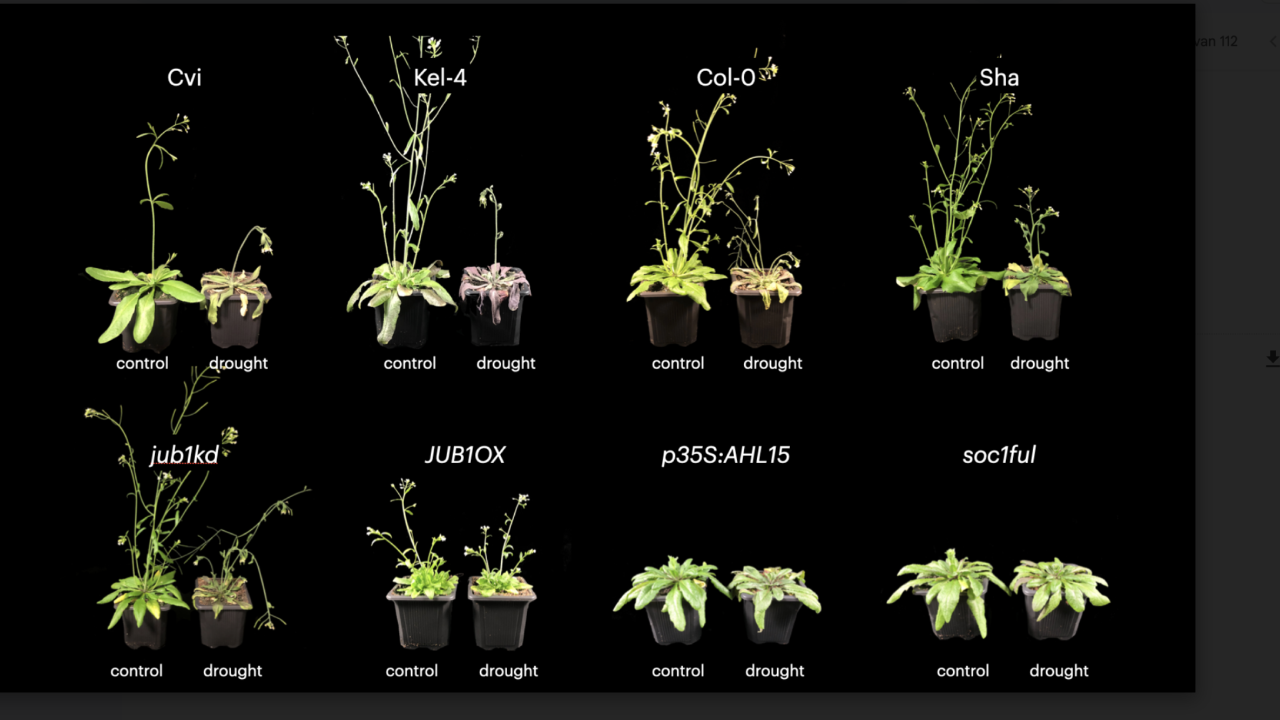
On Thursday the 9th of November Ajaree Thonglim defended her PhD thesis titled: ‘Disentangling drought-responsive traits with focus on Arabidopsis’ in the academy building in Leiden. For her PhD research at Naturalis and the university of Leiden she researched how herbaceous plants, like the tomato, handle drought. Completing her PhD feels like a victory for Ajaree. “Seeing my work out there in publications is such a satisfying moment. It's like, "Hey world, I did that!".
Fascinated byplants
Ajaree was already fascinated by plants since she was very young. “Plants have always been my thing. There's just something about them – how they grow, adapt, fix themselves, communicate, and fit into the different ecosystems.” She used to often go to the woods with family on weekends and vacations and was already overwhelmed by the crazy shapes and colors of plants. “Ever since those days, I've been on a mission to figure out what makes each plant stand out.” Her favorite plant? The sundew, a plant that eats insects. “It's like nature's own little predator in the plant world, and I find that pretty awesome.”

Researchat Naturalis
When Ajaree went to university she therefore chose a bachelor's degree in botany. In her master's, she researched how mangrove species anatomically adapt to their environment. In 2018, she received a scholarship that introduced her to Naturalis, where she then also began her PhD under the guidance of Dr. Frederic Lens and Prof. Dr. Erik Smets. Doing research at Naturalis was something Ajaree really enjoyed. “It's like stepping into a treasure trove of biodiversity.”

Adapting to drought
During her PhD, Ajaree studied how tomatoes and the plant thale cress, Arabidopsis thaliana, cope with drought. By finding out how these species cope with drought, you can develop species that are drought resistant. This is important because herbaceous plants include many (economically) important crops, such as the tomato. To do this, Ajaree looked at the anatomy of tomatoes and the thale cress and investigated how water moves inside the plant. This is how she found out that plants within a species handle drought differently. This is reflected in the genes that determine how water moves in the plant's leaves and stem. For example, some plants hold water in the leaves while others keep water levels in the leaves stable with adjustments to the stem.

Nextsteps
Ajaree doesn’t know exactly what she is going to do next. “I'm not sure if I want to stay in academia or try something else, maybe work in a company for example.” She does plan to work in Europe for the next few years. After that, she would like to return to Thailand. “It's like a little adventure, and I'm curious to see how it all turns out!”